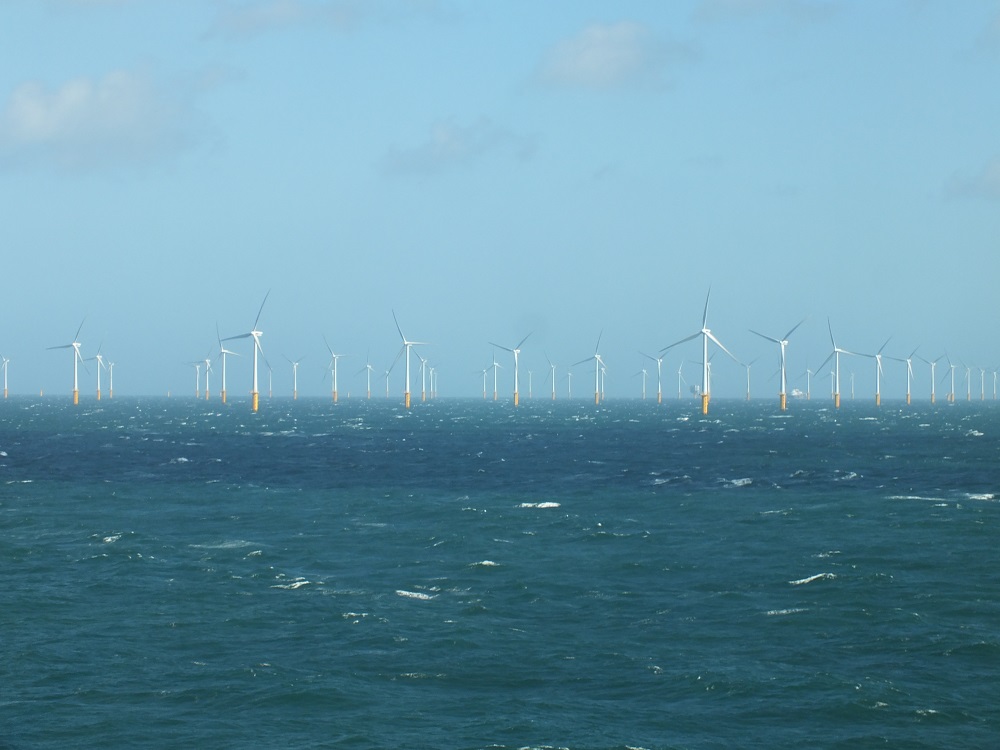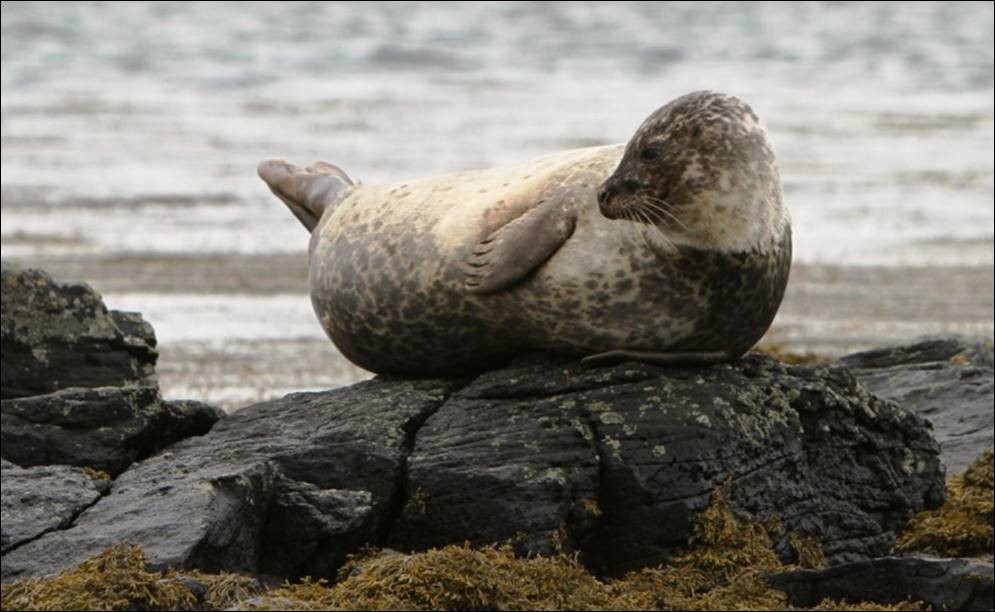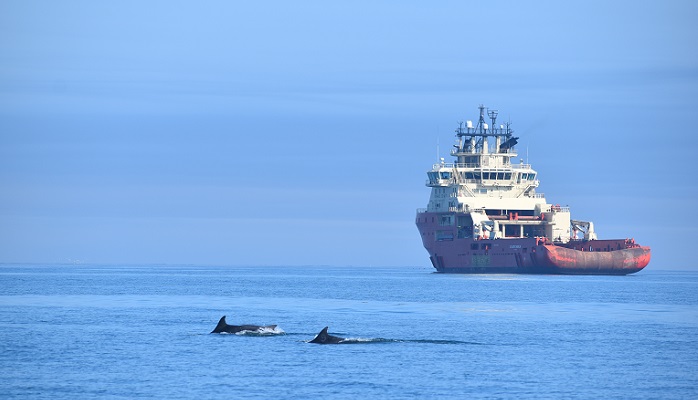Marine
Marine Mammals – updated demographics – how do we measure that?
August 6, 2020 by Marine Directorate Communications No Comments | Category Collaborations, Marine Directorate general, Marine Directorate Science, Marine Directorate Surveys, Marine Planning, Marine Renewables, Publications, ScotMER
Understanding the impacts of human activities, and preventing harm to habitats and species, is one of the biggest challenges to marine industries. The Scottish Government’s Scottish Marine Research Energy Programme (ScotMER) has published three new studies to assist when assessing the impact of offshore renewable developments on marine mammals. These new reports pull together key information on species to better inform marine spatial planning and environmental impact assessments.
Scientists and regulators must rely on predictions, or models, to find out important information about where animals might be found, how many of them there are and how they survive and reproduce. These models are also used to assess potential disturbance or injury caused by noise from ships, pile driving or blasting, collisions with underwater devices, or disruption to an important food supply. However to build useful models, it is vital to have accurate inputs to these models, which often come from scientific observations in the field.
One of the most critical factors in assessing potential impacts to a marine mammal species is whether or not a particular species is likely to occur in the region of a development. For animals like marine mammals, which spend most of their time underwater, it is very difficult to monitor their whereabouts. Scientists can use visual observations or acoustic detectors, which record the unique sounds made by dolphins and porpoises.
Using these observations/detections, scientists can produce density maps based on the estimated number of animals within an area. These density maps can then be used to determine not just whether a species is likely to be present, but how many individuals might be impacted.
Even trickier, is finding out important information about their lives such as how long they might live for, when they start breeding or how often they give birth. This allows accurate predictions of how the population will fare over time under different conditions. Also of interest is how much energy from their food they need each day and if certain human activities could prevent them from getting this energy. All of this information, is used to work out if any impacts to a certain number of these animals, could actually lead to severe effects on the whole population in the longer term.
To find out more about these studies please see the links below:
- Improvements to modelling population consequences of disturbance for marine mammals (iPCoD) – published 29th July
- Regional baselines for marine mammal knowledge across the North Sea and Atlantic areas of Scottish waters – published 29th July
- Developing marine mammal dynamic energy budget models and their potential for integration into the iPCoD framework – published 4th August
Further reading:
- More information on marine mammals in Scotland
- The marine mammal scientific support research programme
- More information about some of the species mentioned from Scottish Natural Heritage
- Details on iPCoD approach used by the Scottish Government
- The Sea Mammal Research Unit
- Marine Mammal Scientific Support to Scottish Government
- Example of a photo-ID catalogue (east coast bottlenose dolphins)
Tags: marine mammals, marine renewables, marine science, Marine Spatial Planning, offshore renewable energy, ScotMER, Scottish Marine Research Energy Programme, Scottish Natural Heritage, Sea Mammal Research Unit



Leave a comment